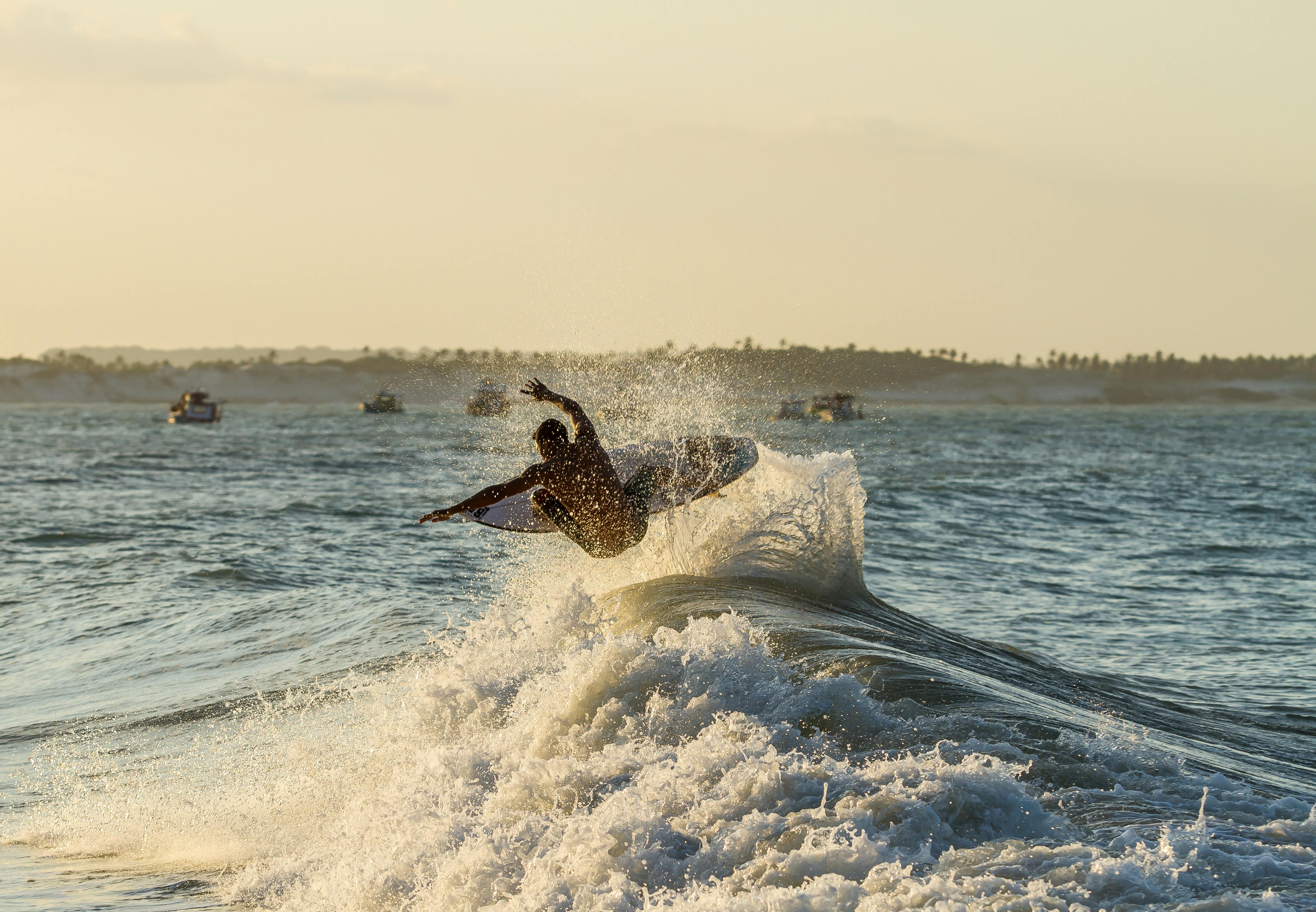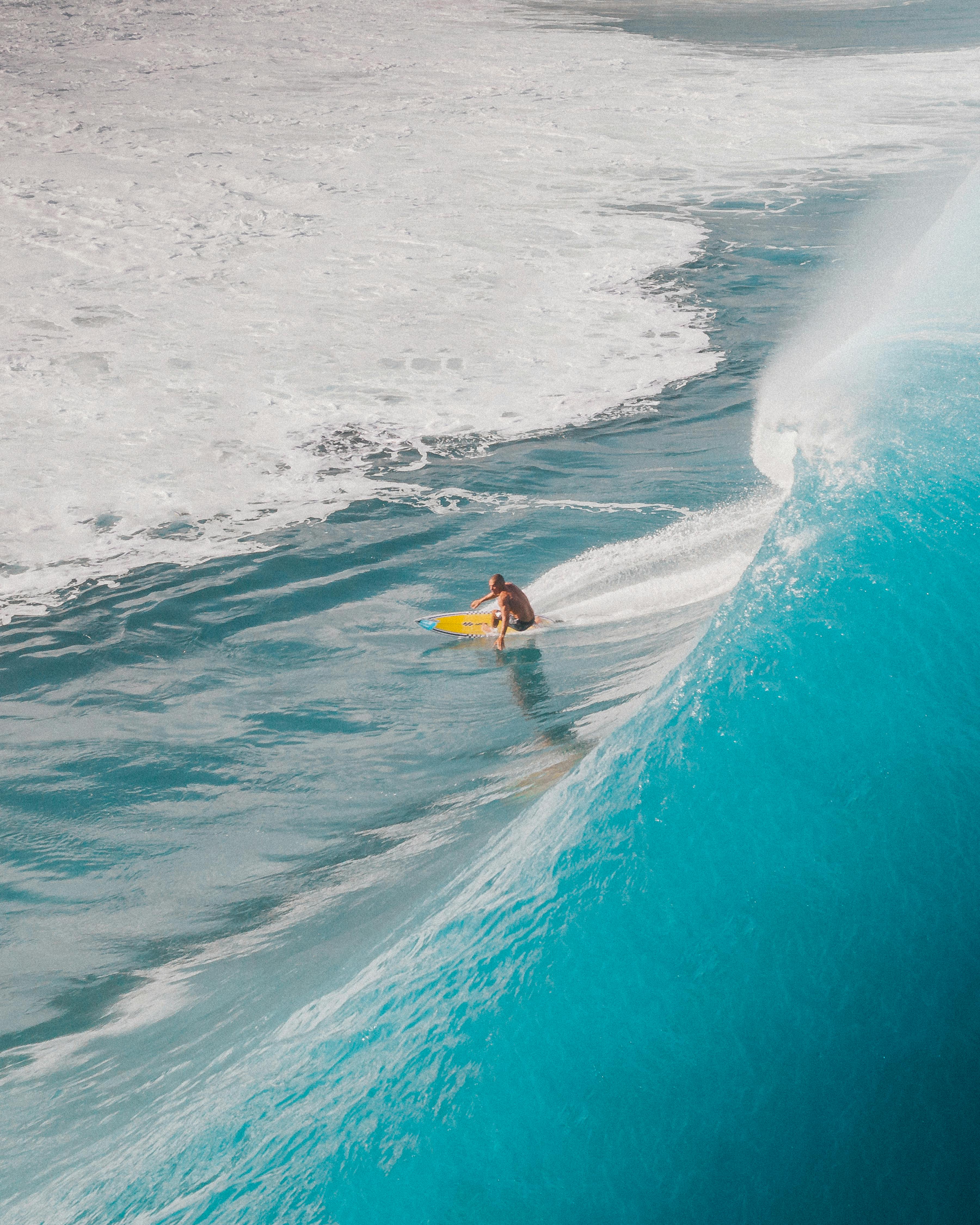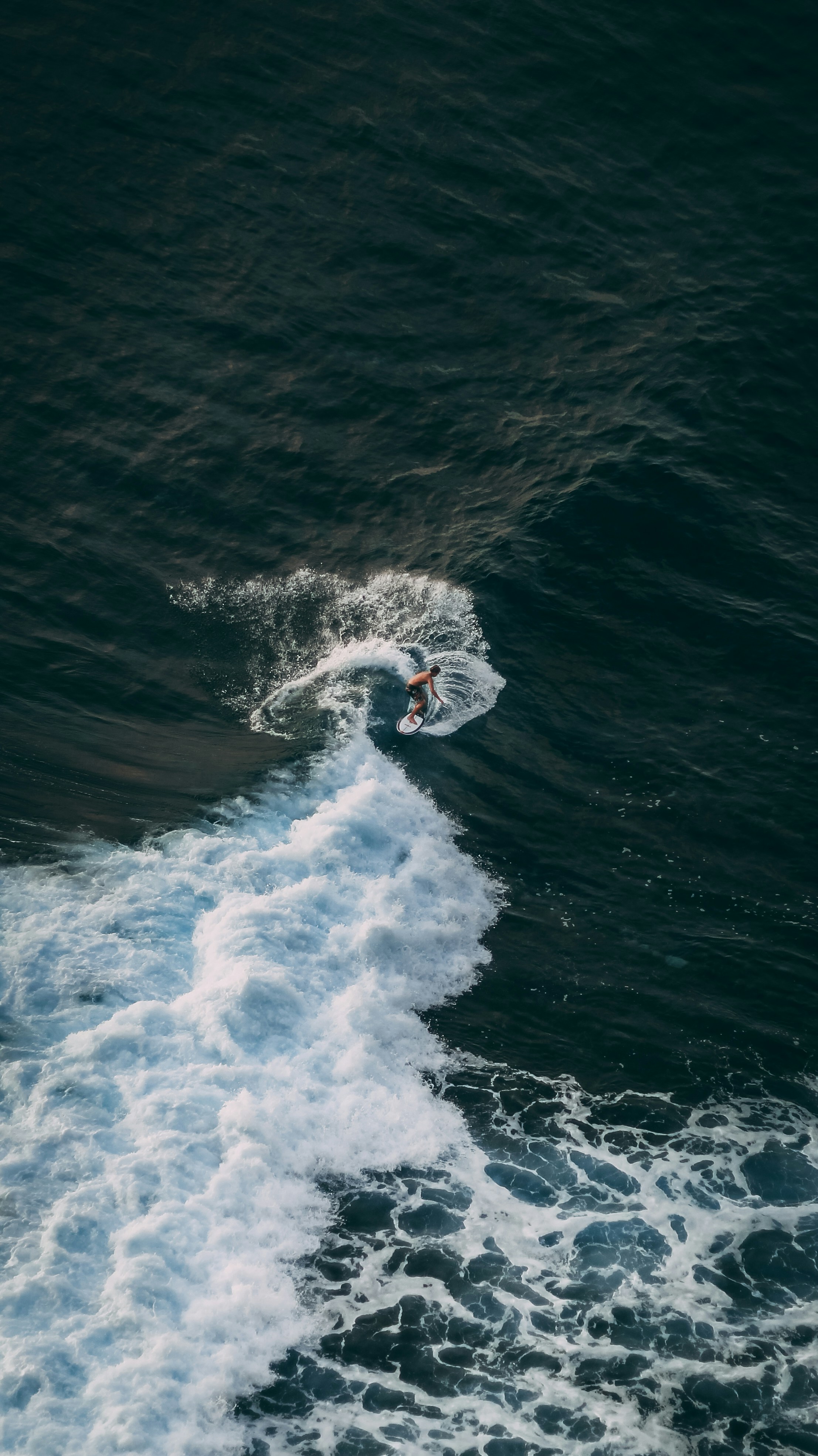If You’re Not Comfortable Falling, You’re Not Comfortable Surfing
Most surfers want to progress without ever wiping out.
The problem? If you avoid falling, you avoid trying new things – and your surfing plateaus.
Here’s why learning to fall well (and actually enjoying it) is one of the fastest ways to improve.
1. Falling Reduces Fear – Fear Creates Tension
If you’re afraid of being dumped, hitting your board, or getting held under, that fear seeps into your entire wave.
It stiffens your stance, shortens your turns, and makes you ride to avoid failure rather than chase progression.
Getting comfortable with falling removes one of your biggest mental barriers – and frees you to surf fluidly.
2. Surrender to the Water
In a wipeout, you can’t fight the turbulence. Trying to overpower the water will only:
- Burn oxygen
- Spike your heart rate
- Increase panic
Instead:
- Relax your body
- Go limp and let the wave’s energy run out
- Pop up when the water settles
Trigger words like “rollercoaster” can help you mentally reframe a wipeout from something scary into something you ride out.
3. Keep the Board Away From You
If you’re falling near the pocket or bailing on a maneuver:
- Push the board away with your legs
- Angle your fall to avoid the fins
- Use a pencil dive (feet first) in deep water
- Use a “starfish” fall in shallower reef or rock areas to stay near the surface
Always be aware of where other surfers are before sending your board away.
4. Look Where You Want to Go – Even in Avoidance
If you lock eyes on a surfer you’re trying to avoid, you’ll unconsciously drift toward them.
Instead, look to open water and your board will follow.
This same principle applies when you’re fixated on the “scary” section – focus on your exit line, not the hazard.
5. Make Wipeouts Part of the Plan
Take a big hit early in the session. Once you’ve been through the worst, you know you can handle it – and the rest of the waves feel easier.
Play around in the surf like a grom. Body surf. Practice bailing. Treat falling as training, not failure.
How TRAX Helps You Push Past the Comfort Zone
TRAX doesn’t just track your “made” waves. It also shows:
- Where you pulled back or hesitated
- How close you were to landing a maneuver
- Whether your falls are coming from positioning, timing, or body movement
That data helps you fail forwards – turning wipeouts into a blueprint for progress.
Related Reading:
→ Frustrated with your surfing? That’s where progress starts — Why the discomfort zone is where growth happens
→ Still surfing like a robot? Here’s how to surf fluidly — Fearless movement starts with freedom of motion
→ How to surf bigger waves without panicking — Control fear and commit when it counts








